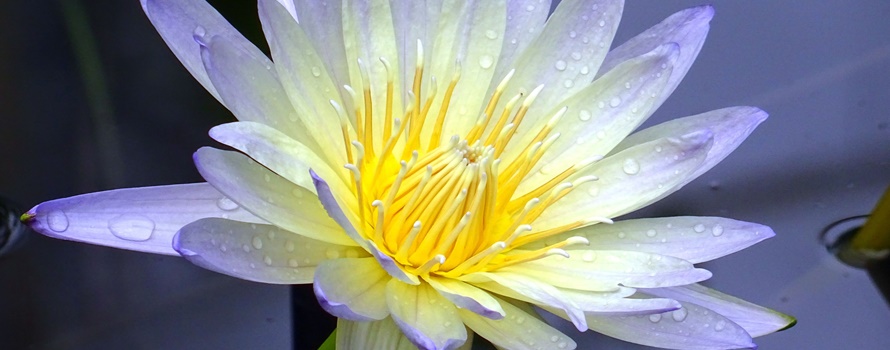The Nadis
In principle, all objects are subjected to an energetic field between earth and atmosphere. The human being is an ‘energetic generator’ who makes energy flow. Similar to a magnet, the human has two poles. One pole is located at the base of the spine and the second pole at the top of the head. The energies flow upwards through the spinal column and downwards on the surface of the body and also on the surface of the etheric body, which is about a hand’s width larger than the material body. The energies mentioned here (in India called Prana, in China Chi) are flowing through the human body following certain channels. These channels are called Nadi (India) or meridian (China).
Usually, literature only mentions the main Nadis, which are Sushumna, Ida and Pingala. The Indian writings indicate sometimes 72, 14 or 10 Nadis. Chinese acupunture works with 14 meridians. These energy channels can branch out in a tree-like manner, whereat they form secondary Nadis of less importance. In the end, this system may look like some clairvoyants describe the health aura: countless energy channels go through the body like veins.
In his book "Tibetan Art of Healing", Burang mentions that, according to reports of Central Asian doctors, these energy channels are often coinciding with the structure of blood vessels and nerve cords. Many Asian healers tend to name blood vessels and nerve cords with the same terms, which is maybe because they are rather focused on the subtle energy channels than on the structure of the physical body (cf. Th. Burang: Tibetan Art of Healing. Watkins, 1975, p. 33-34).
The most important Nadis are:
Sushumna – central channel in the spinal cord
Ida – to the left of the Sushumna
Pingala – to the right of the Sushumna
Medha Nadi – less known Nadi, runs along the front side of the Body

‘Glowing threads’, as seen in a state of trance in the lower chest and spine; likely corresponding to energy channels in the chest and spine (Corra)
© Alfred Ballabene (Vienna) translated by Corra

